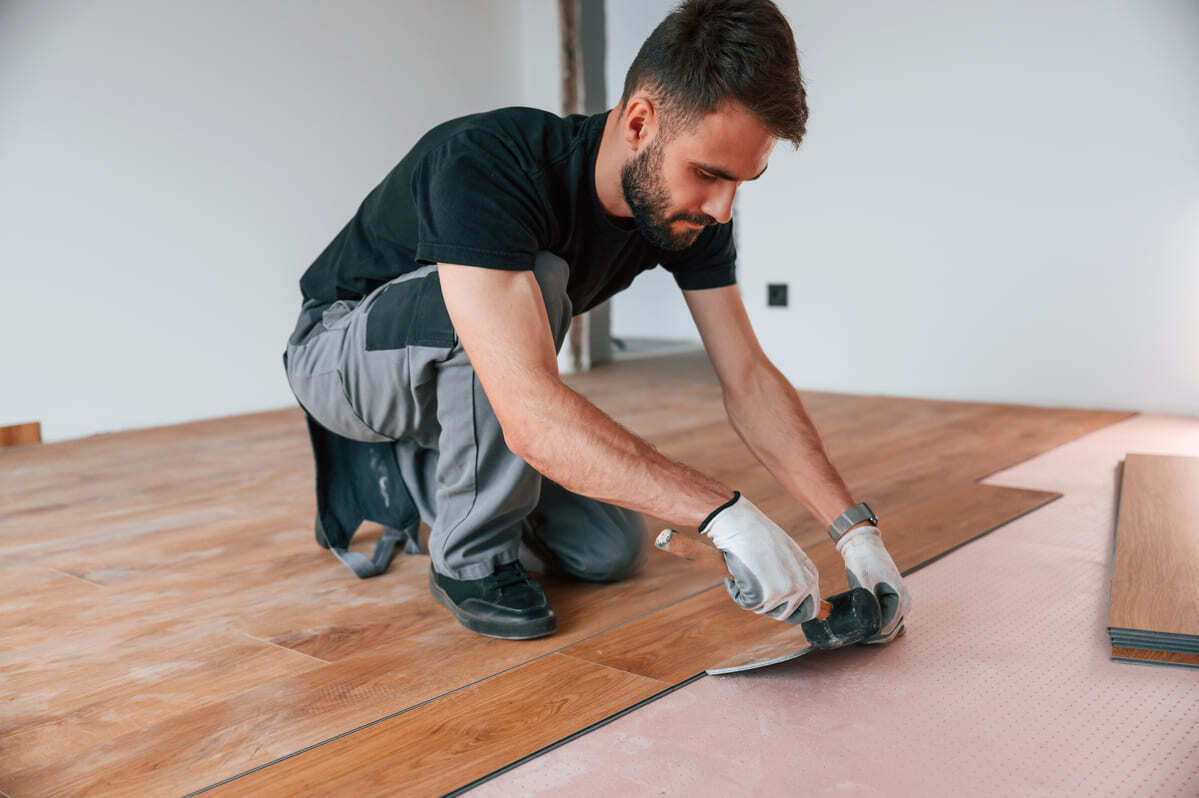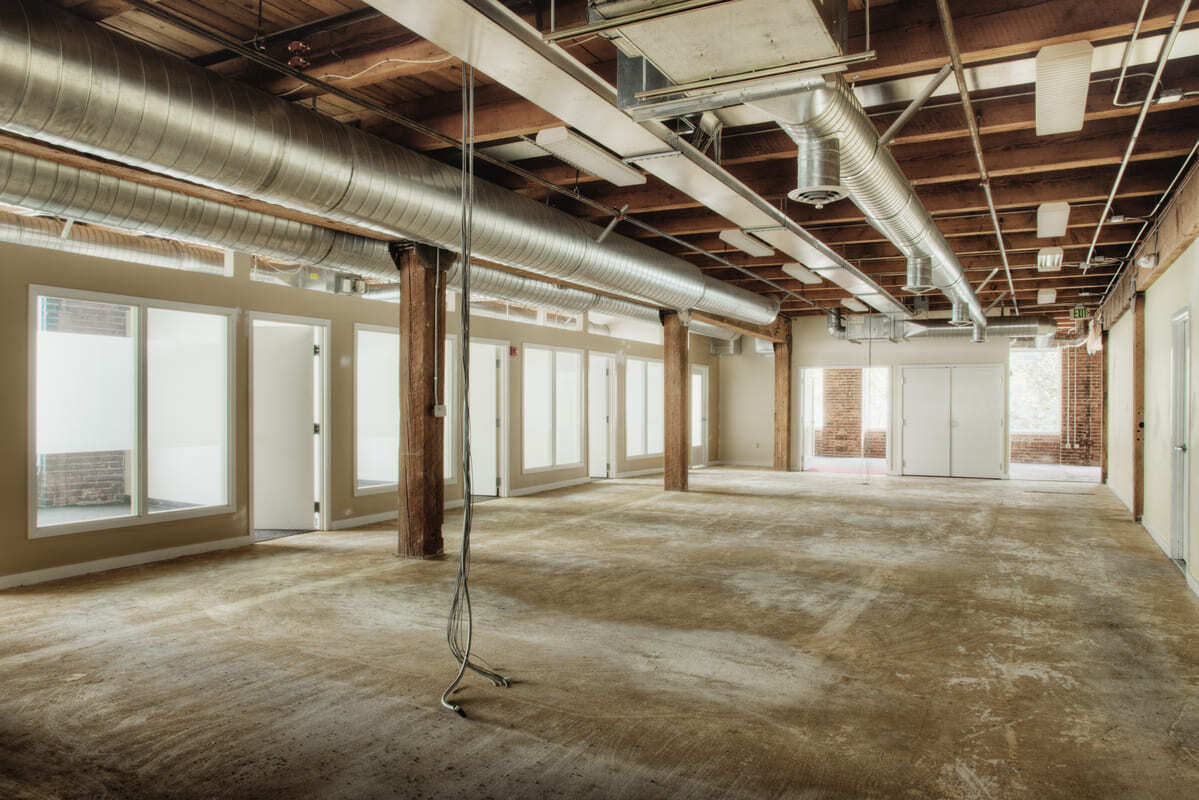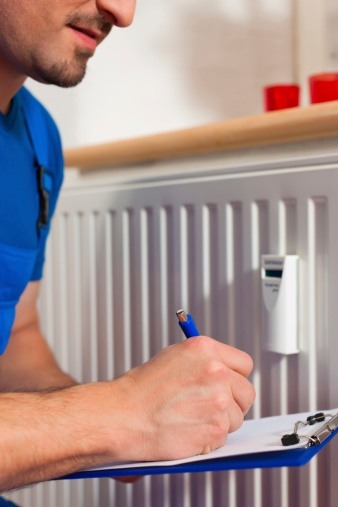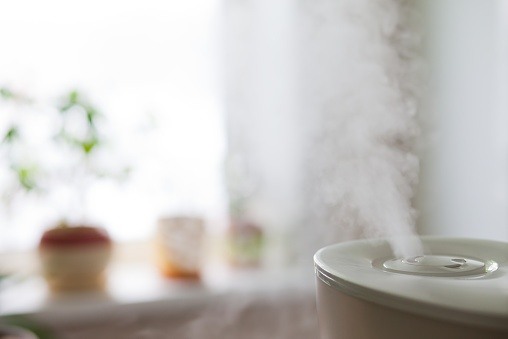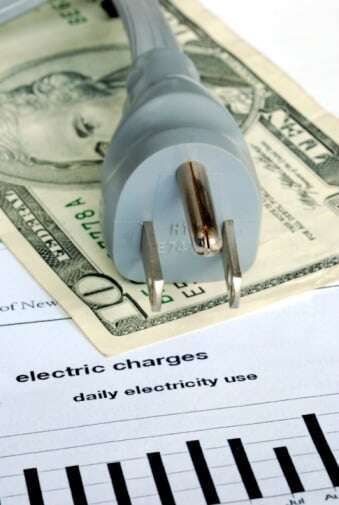 When it comes to the climate, there's not a lot we can complain about in Northern California. After all, we don't have to suffer the extreme heat or the frigid cold; we don't have to dodge tornadoes or hurricanes in the summer or deal with many blizzards in the winter.
When it comes to the climate, there's not a lot we can complain about in Northern California. After all, we don't have to suffer the extreme heat or the frigid cold; we don't have to dodge tornadoes or hurricanes in the summer or deal with many blizzards in the winter.
But we're still human, and we want to feel comfortable in our own homes. So when the temperatures begin to dip in the fall, it's natural to assume that our heating system can restore comfort to our surroundings. That's why it can be something of a jolt to feel a big chill of a different kind: a definite “wall” of humidity that may be more perceptible in some rooms than others but is unmistakably a nettlesome presence.
Don't blame your heating system just yet; there is a cure. But first, let's put moisture in perspective so that the solution makes sense.
How much moisture should be in the air of your home?
A reasonable amount of moisture in the air is a good and healthy thing. Namely, moisture helps us fight viruses and respiratory infections by fortifying our mucous membranes and blocking our nasal and bronchial passages from latching onto germs.
When moisture dissipates from the air and it turns dry, it can make us feel tired, sluggish and prone to headaches – not to mention cause dry skin, scratchy throats and even bloody noses. Dry air also can take its toll on a home, causing door frames, moldings and floors to shrink and even crack.
But too much moisture in the air isn't healthy, either. It can induce mildew and mold growth, triggering nagging cold and flu symptoms. In addition to hitting you like a “wall” when you enter a room, humidity may be a problem in your home if:
- The air feels clammy, cold or musty
- Condensation regularly forms on your windows
- Your floors and wood surfaces feel sticky to the touch
- Wet stains are breaking out on your ceilings or walls
- Mildew and mold grow repeatedly in your bathrooms, even after thorough cleanings
Although everybody is governed by their own internal thermostat, most people feel comfortable when their home's indoor humidity level ranges between 40 and 50 percent in the summer and between 30 and 50 percent in the winter.
A heating system service can test the humidity level in your home to see if it's in the “humidity danger zone.” If it is, you can rectify the problem with dehumidification, which, as its name implies, draws excess water vapor from the air. There are two types of dehumidifiers, and a heating system service company can help you choose which one is right for you.
Types of Dehumidifiers
- Portable dehumidifiers usually are waist-high and are built on rollers to remove moisture from one room or a small area. Although you can roll them around easily enough, portable dehumidifiers can be rather high maintenance. Excess moisture usually collects in a tray or bucket, which then needs to be emptied manually or with a hose attachment that drains into a sink.
- Whole-house dehumidifiers are affixed to a home's central heating and air conditioning system and so can dehumidify an entire home. The water then collects in the drains outdoors, making them a lower maintenance alternative. Although they cost more in the short term, whole-house dehumidifiers can be the more economical choice in the long run because they run less often and consume less energy.
To achieve a comfortable and healthy humidity balance in your home, contact a Chico heating system service company like Experts In Your Home. We'll get to the bottom of your indoor air quality issues – so that you can breathe easier in every sense of the word.
Are you adequately maintaining your heating system? Download the free checklist below to find out!




